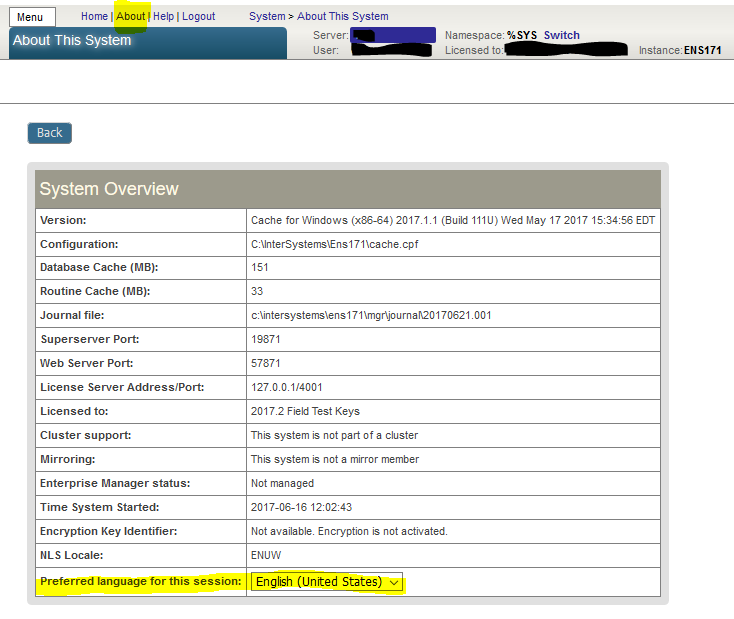Hi, Community!
I'm pleased to introduce John Murray as a new Developer Community moderator.
John is constantly posting helpful articles and answering questions showing the great knowledge and experience in InterSystems technology.
Recently John kindly agreed to become InterSystems Developer Community moderator and joined InterSystems moderators team!

